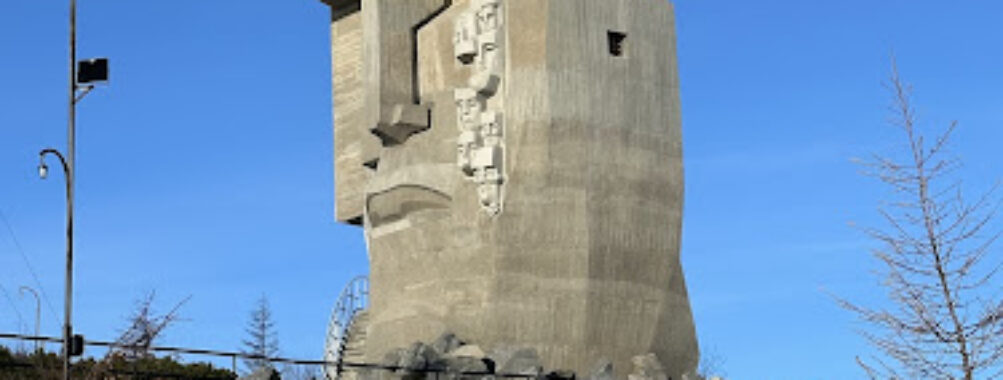
Mask of Sorrow
Table of Contents
Description
The Mask of Sorrow is one of those places that sticks with you long after you’ve left. It’s not just a monument; it’s a powerful, haunting reminder of a dark chapter in history that many don’t talk about enough. Standing tall and imposing, this sculpture is a vivid symbol of suffering and remembrance, carved with a raw intensity that’s hard to forget. You can’t help but feel a mix of emotions when you see it up close — sadness, curiosity, even a strange kind of reverence.
Located in a spot that’s easy enough to reach but still feels a bit off the beaten path, the Mask of Sorrow attracts visitors who want to connect with history on a deeper level. It’s not just about snapping a quick photo—though, yeah, it’s pretty striking visually—it’s about pausing and reflecting on the stories behind it. The monument’s design is unique: a large face with tears that look like they’re made of stone, each tear representing the thousands of lives lost during a grim era. It’s a sobering sight, but also strangely beautiful in its own way.
Families often bring kids here, and while it might seem heavy for little ones, the site is surprisingly good for children who are curious about history and the world. It sparks conversations and questions, which is always a good thing in my book. Just a heads up though, if you or someone in your group has mobility issues, the entrance isn’t wheelchair accessible, so plan accordingly.
What’s cool is how this monument blends art with history. You can see the craftsmanship in every detail, and it’s clear the artist put a lot of heart into it. It’s not just a tourist stop—it’s a place that makes you stop, literally and figuratively. And if you’re someone who’s into history, art, or just places that make you think, the Mask of Sorrow will hit that sweet spot.
Location
Places to Stay Near Mask of Sorrow
Find and Book a Tour
Explore More Travel Guides
No reviews found! Be the first to review!